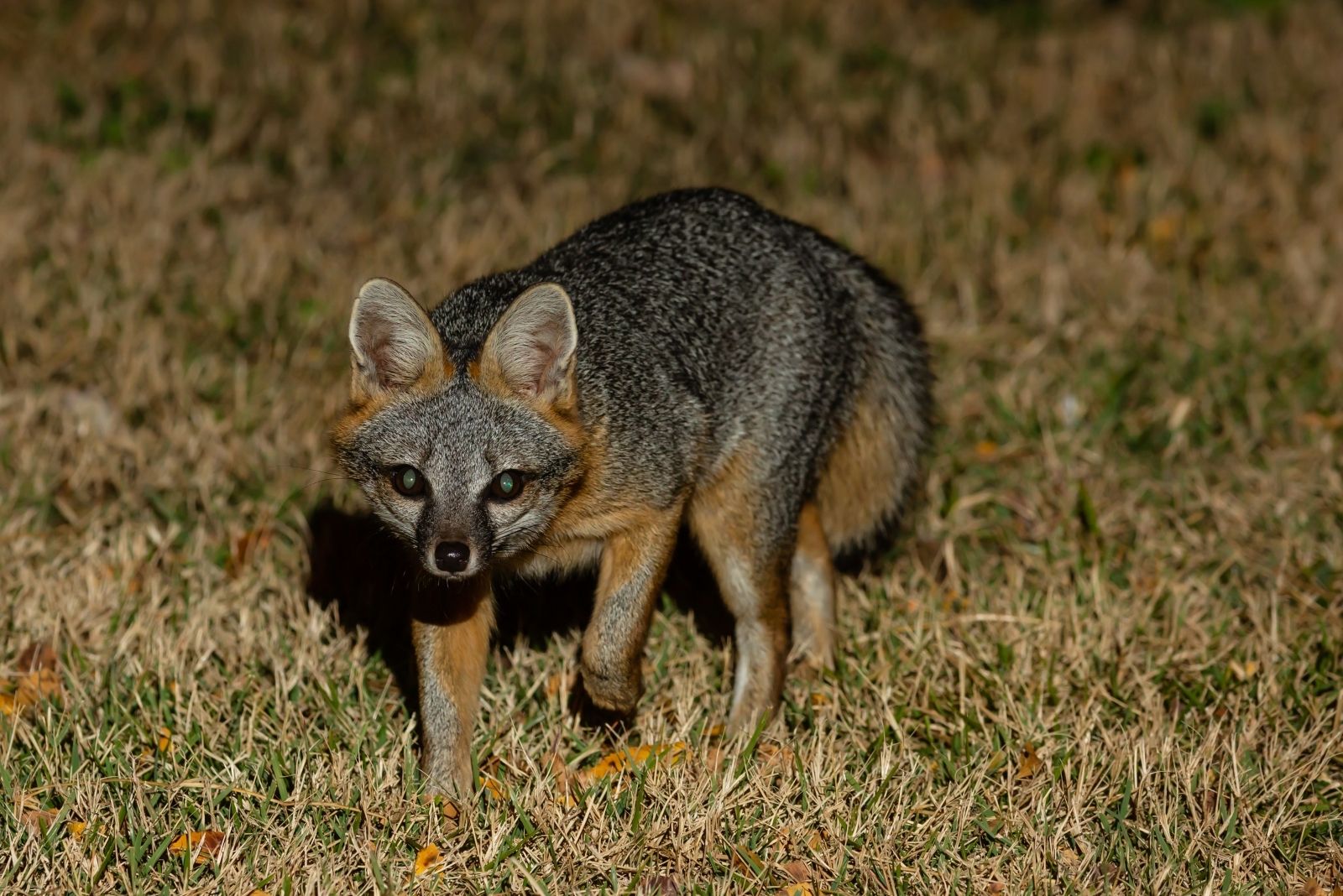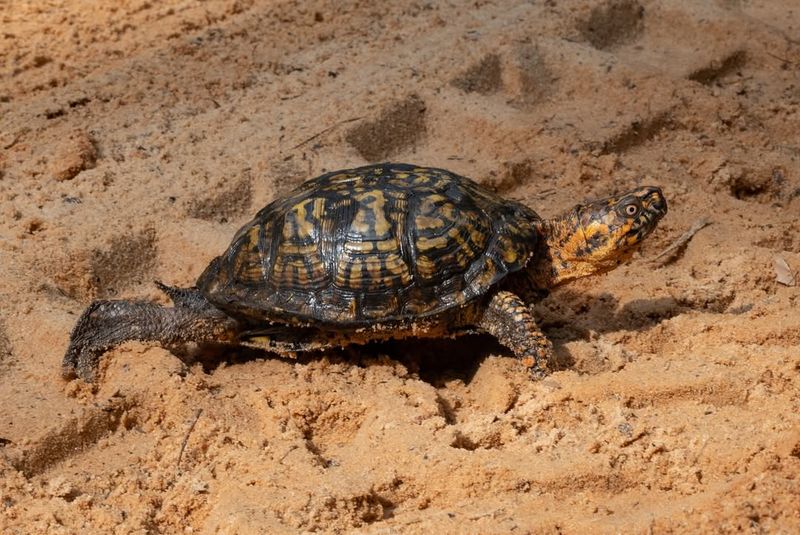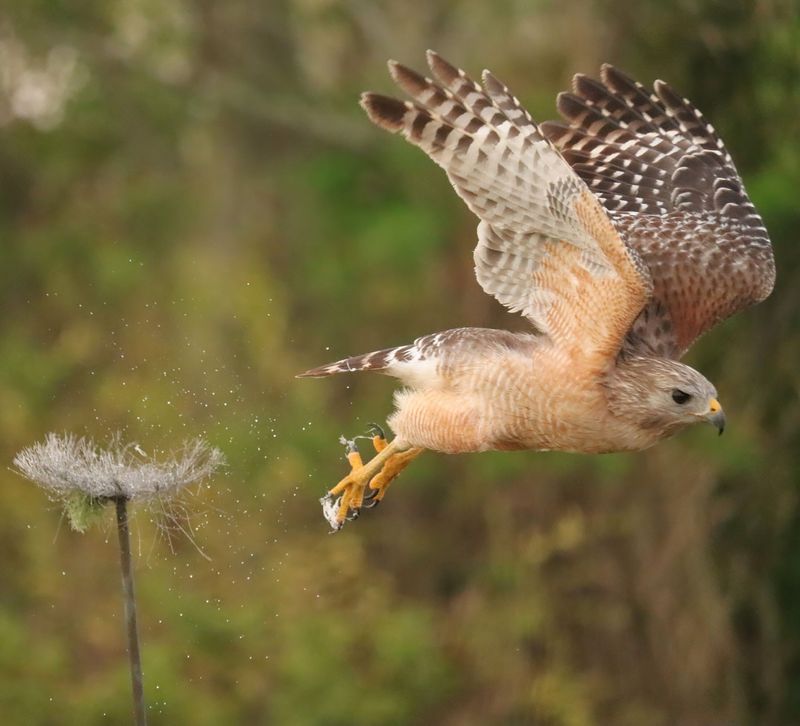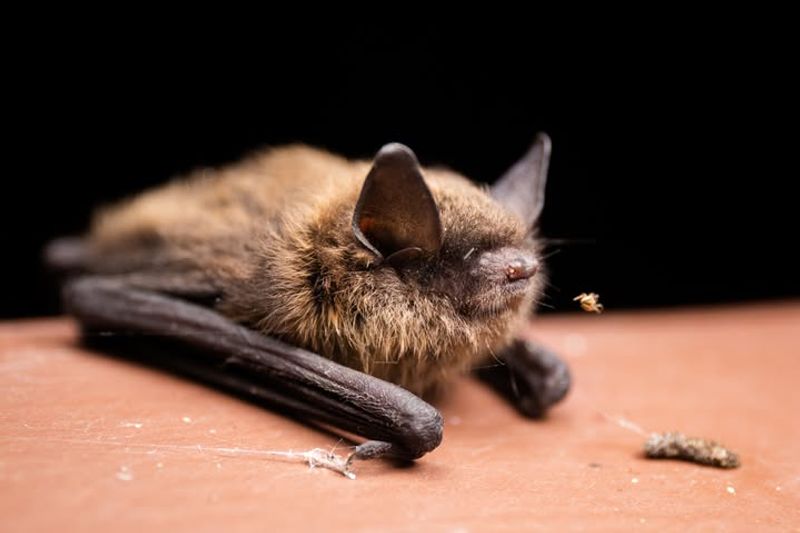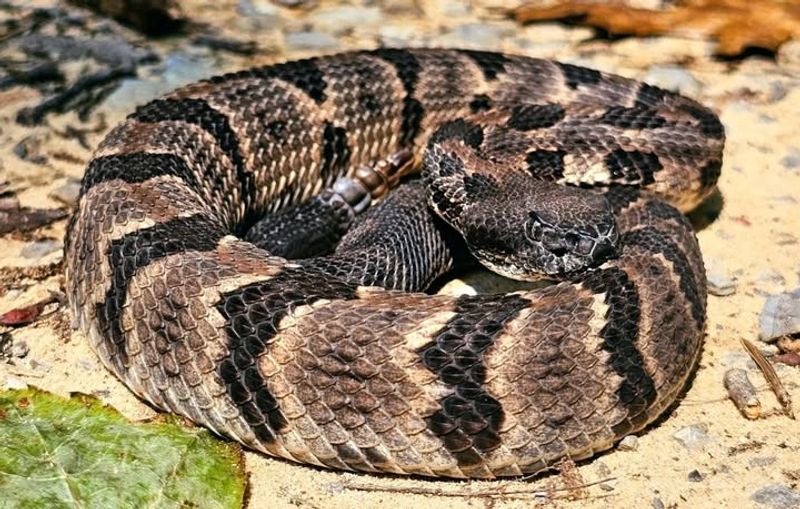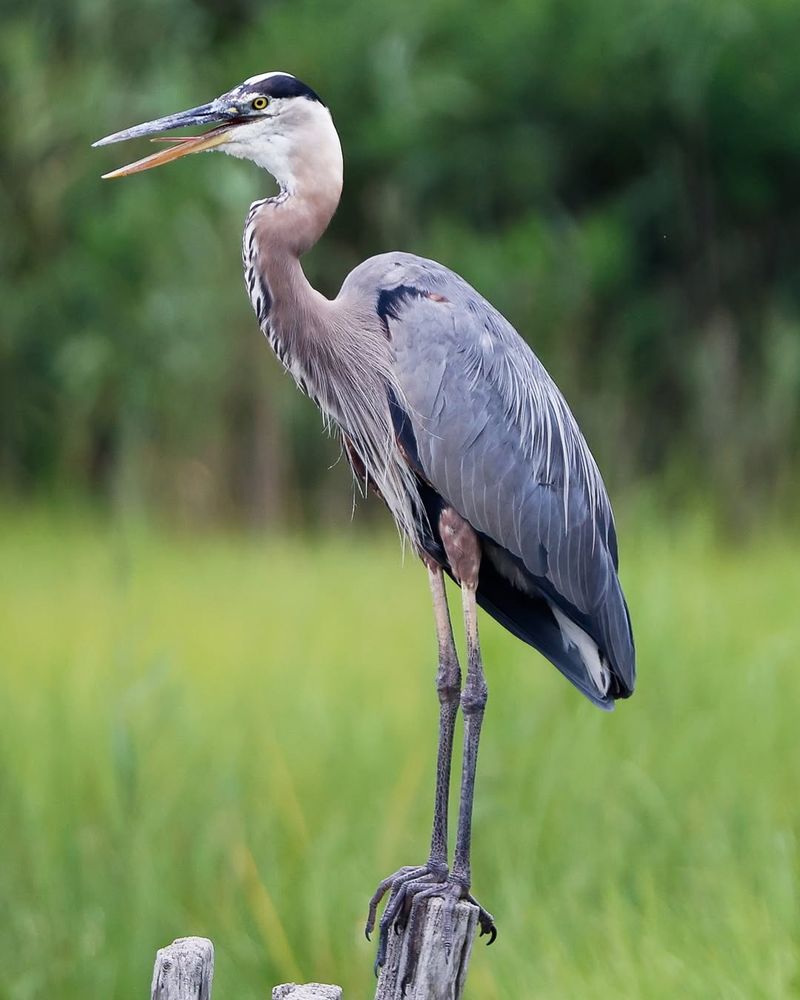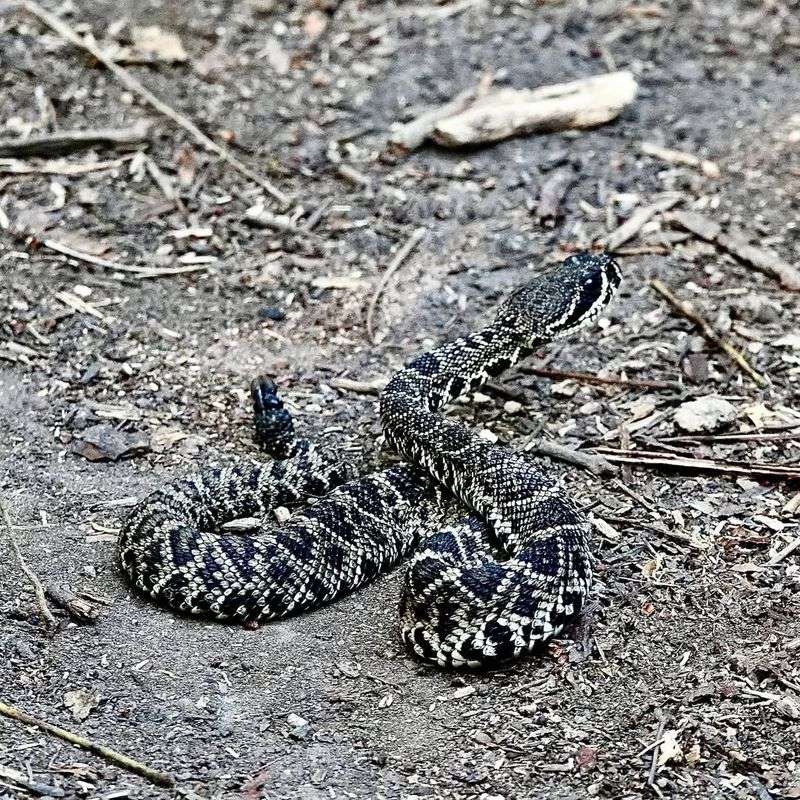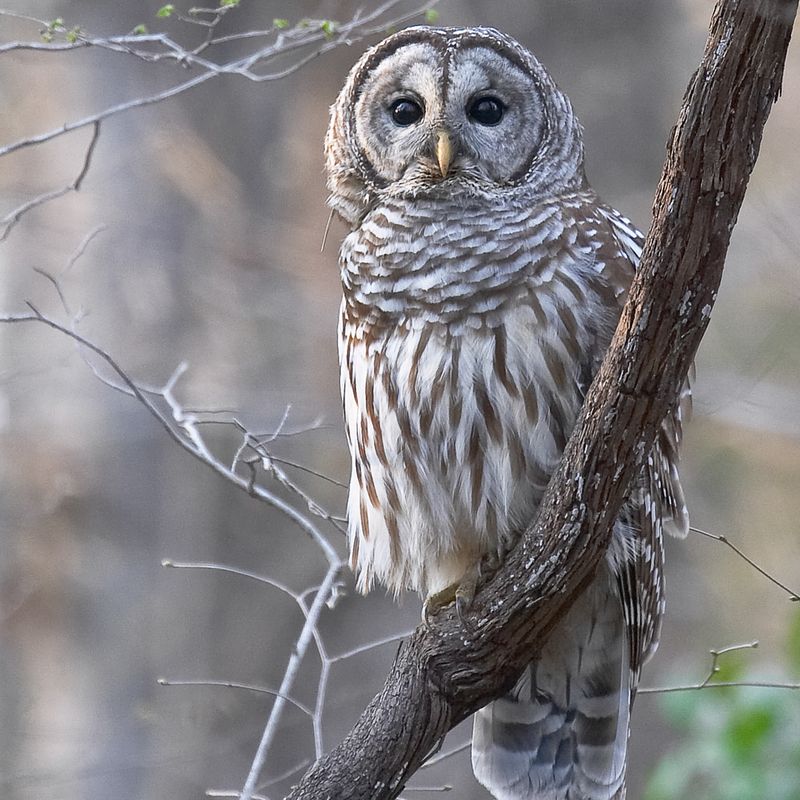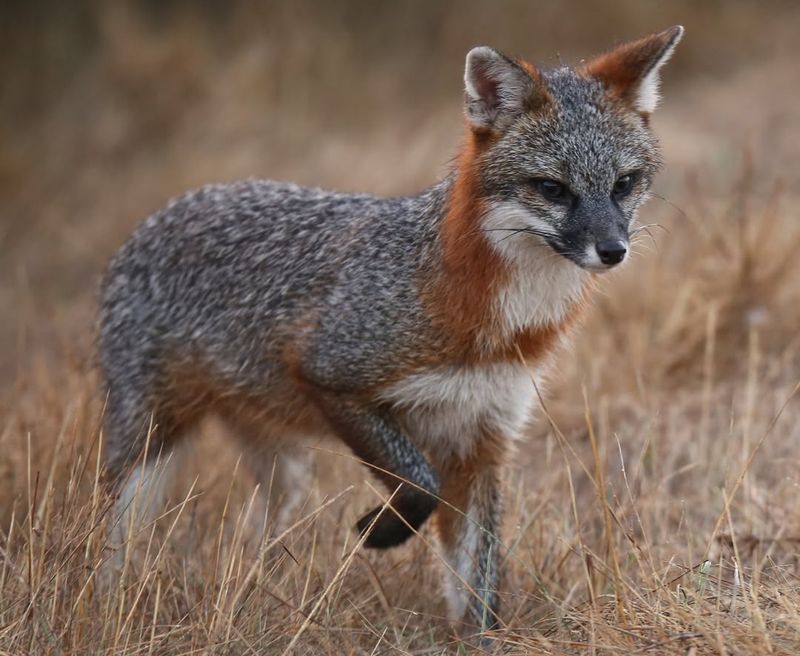Living in North Carolina means sharing your backyard with some incredible wildlife. While spotting animals on your property can be exciting, some creatures are legally protected and cannot be removed without proper authorization.
Understanding which animals fall under these protections helps homeowners avoid hefty fines and supports conservation efforts that keep our state’s ecosystems healthy.
1. Eastern Box Turtle
Finding one of these colorful reptiles wandering through your garden might seem like a lucky encounter, and it truly is. North Carolina law strictly prohibits removing or relocating box turtles from your property because their populations have declined significantly.
These slow-moving creatures can live over 100 years and often return to the same areas year after year. If one appears in your yard, consider it a compliment to your habitat.
Simply let them pass through naturally, and never take them as pets or move them elsewhere.
2. Red-Shouldered Hawk
With a piercing call that echoes through neighborhoods, this medium-sized raptor often nests in suburban areas across the state. Federal and state laws protect all hawk species, making it illegal to harm, harass, or remove them from your property.
These skilled hunters actually benefit homeowners by controlling rodent and snake populations naturally. Their presence indicates a healthy local ecosystem.
If they nest near your home, enjoy the free pest control and the privilege of watching these magnificent birds raise their young each spring.
3. Little Brown Bat
Despite their spooky reputation, these tiny mammals serve as natural mosquito eliminators, consuming thousands of insects nightly. North Carolina protects bats due to population crashes caused by white-nose syndrome, a devastating fungal disease.
Homeowners cannot remove bats during maternity season when mothers are raising pups. If bats roost in your attic, you must wait until they leave naturally and then seal entry points.
Professional wildlife services can help with humane exclusion methods that comply with state regulations while protecting your home.
4. Black Bear
Encountering one of these powerful animals in your yard can be startling, but they’re more interested in your bird feeders than confrontation. As a protected game species, black bears cannot be harmed or trapped without special permits from wildlife authorities.
Most bear visits happen when food sources like garbage or pet food remain accessible. The best approach involves removing attractants rather than attempting removal.
North Carolina wildlife officials recommend securing trash, taking down feeders during warm months, and making noise to encourage bears to move along naturally on their own.
5. Timber Rattlesnake
Fear often accompanies discovering this venomous snake on your property, yet state law protects them as a threatened species. Timber rattlesnakes play crucial roles controlling rodent populations and rarely bite unless directly threatened or handled.
North Carolina homeowners must contact licensed wildlife professionals for safe relocation rather than killing or moving these snakes themselves. These reptiles prefer to avoid humans and will typically retreat when given space.
Keeping grass trimmed short and removing brush piles naturally discourages them from settling near homes without breaking any laws.
6. Great Blue Heron
Pond owners sometimes view these statuesque birds as threats to their koi collections, but federal law protects all herons under the Migratory Bird Treaty Act. Standing over four feet tall, they’re impressive hunters that target fish with lightning-quick strikes.
Removing or harassing herons can result in substantial fines from both state and federal authorities. Instead, North Carolina homeowners should install netting over ponds or create deeper areas where fish can hide.
These elegant waders usually visit temporarily and move on once fishing becomes challenging at your location.
7. Eastern Diamondback Rattlesnake
As North Carolina’s largest venomous snake, this species commands respect and legal protection due to severe population declines. Found primarily in coastal counties, they’re increasingly rare and protected under state endangered species regulations.
Homeowners discovering one must contact wildlife authorities immediately rather than attempting removal. These snakes are non-aggressive by nature and prefer escaping over confrontation when possible.
Their presence actually indicates high-quality habitat, and they provide valuable rodent control services. Maintaining awareness while working outdoors in their range prevents most negative encounters completely.
8. Barred Owl
Their haunting “who cooks for you” call often startles new homeowners, but these nocturnal hunters provide excellent pest management services. All owl species receive protection under federal law, making removal or harassment illegal without special permits.
Barred owls commonly nest in wooded residential areas throughout North Carolina, raising their young in tree cavities or old hawk nests. They pose no threat to humans or pets.
Their diet consists mainly of mice, voles, and other small mammals that damage gardens and homes, making them valuable neighbors worth protecting and appreciating.
9. Wood Duck
Among North America’s most beautiful waterfowl, wood ducks frequently nest near suburban ponds and streams across the state. Federal protections cover all migratory waterfowl, prohibiting homeowners from removing nests, eggs, or adult birds.
These cavity-nesting ducks sometimes choose unusual spots like chimneys or planters, causing temporary inconvenience. North Carolina residents must wait until ducklings hatch and leave naturally before blocking access.
Installing proper nest boxes away from homes encourages them to nest in more convenient locations while supporting conservation of these once-threatened birds.
10. Gray Fox
Unlike their red cousins, gray foxes can climb trees and often den in wooded residential areas throughout North Carolina. State regulations classify them as protected furbearers, restricting removal to licensed trappers during specific seasons only.
These nocturnal animals rarely cause problems and actually help control rabbit and rodent populations around homes. Most sightings occur at dawn or dusk when they’re hunting.
Homeowners should secure garbage, remove outdoor pet food, and close off crawl spaces to prevent denning without needing professional removal services or violating wildlife laws.

